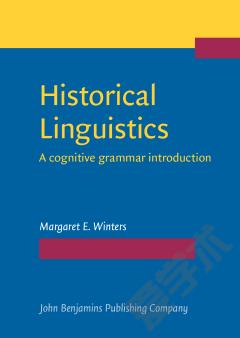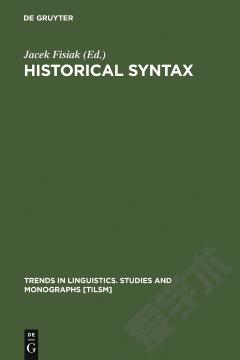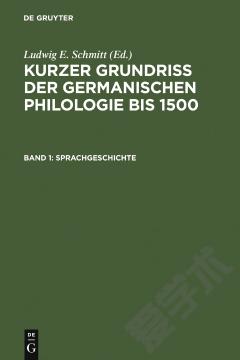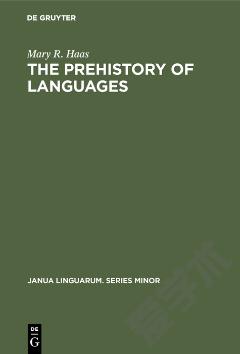Historical Linguistics
This textbook serves a dual purpose. It is, first, a comprehensive introduction to historical linguistics, intended for both undergraduate and graduate students who have taken, at the least, an introductory course in linguistics. Secondly, unlike many such textbooks, this one is based in the theoretical framework of Cognitive Linguistics, a semantics-based theory which emphasizes the relationship between cognition and language. Descriptions and explanations touch on cognitive, social, and physiological aspects of language as it changes across time. Examples come principally from Germanic (English, German, Yiddish) and Romance (French and Spanish), but with some exploration of aspects of the history of other languages as well. Each chapter concludes with exercises based on material in the chapter and also with suggestions for extensions of the content to wider issues in diachronic linguistics.
{{comment.content}}








 京公网安备 11010802027623号
京公网安备 11010802027623号